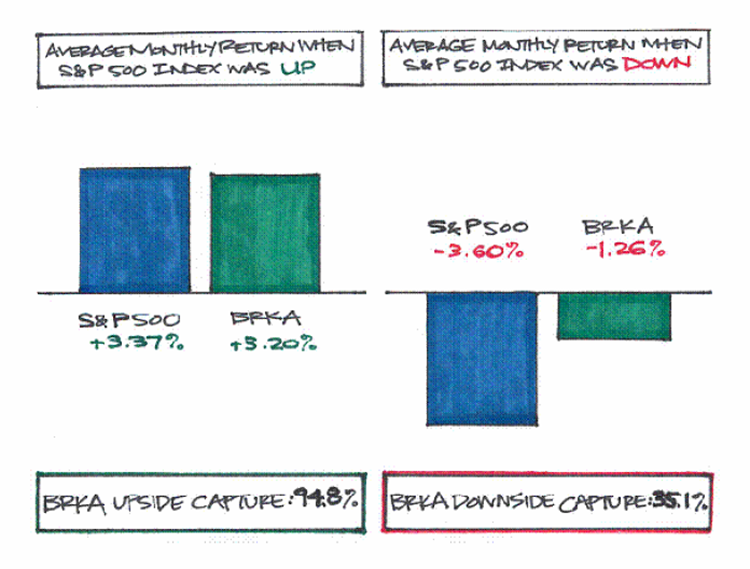Here is an interesting piece from Ted Lucas of Lattice Strategies (2010 Q4 The Oracle of…Risk Management) on the complementary relationship between compounding and capital preservation, plus a few other insightful topics of discussion.
Compounding, Capital Preservation
“Losses are linear, but the appreciation required to recover from losses scales exponentially as they deepen.
Thought experiment: Imagine a portfolio that was down 20% during the 2008 implosion, versus a portfolio that was down 40%. In the 2009 rebound, assume the first portfolio recovered by 25%, while the second rebounded by 40%. At the end of the two periods, the first portfolio would be back to its starting point, while the second – after knocking the lights out in 2009 – would still be down 16%, requiring another 19% gain to get back to even (i.e., a 40% gain on 60 cents on the dollar yields 84 cents; to get 84 cents back to a full dollar requires a 19% gain).
The key takeaway? Avoiding big drawdowns – and thereby limiting the destructive force of negative compounding and unleashing the power of positive compounding – is the critical driver of long-term returns.”
Simple concept, yet often ignored by investors. This is something that those with trading backgrounds do better than traditional value investors. For additional mindblowingly good commentary on this topic, be sure to read Stanley Druckenmiller’s (protégé of George Soros) thoughts on capital preservation and compounding.
Volatility
Using Warren Buffett andBerkshire’s historical price performance, Lucas also discusses volatility, and the concepts of upside and downside capture. (I should highlight that the concept of volatility or beta only makes sense when there is an underlying benchmark or index for comparison.)
As you well know, the world has been taught to avoid “volatility.” What terrible advice! One should only avoid downside volatility, and wholeheartedly embrace upside volatility. After all, the holy grail of all portfolios would provide super efficient upside capture and little or no downside capture.
Benchmark
Additionally, Lucas warns about the dangers of certain industry benchmarking practices which are not conducive to maximum return compounding because fan portfolio managers’ need to keep inline with the benchmark (or a particular index), and therefore exacerbate the likelihood of loss.
“It is the ‘shape’ of returns through a market cycle that is of infinitely greater importance than relative benchmark outperformance over a short time window. How does this factor into building resilient, long-term investment strategies? When constructing portfolios, investors would be well served by a willingness to trade off some upside during positive markets in order to disproportionately mitigate the downside experienced during negative periods. While this may not sound like a blinding insight, it is hard to reconcile this idea with an industry where strategies are promoted – and often chosen – based on relative benchmark outperformance over short time windows, typically when conditions are conducive to a particular strategy.”
